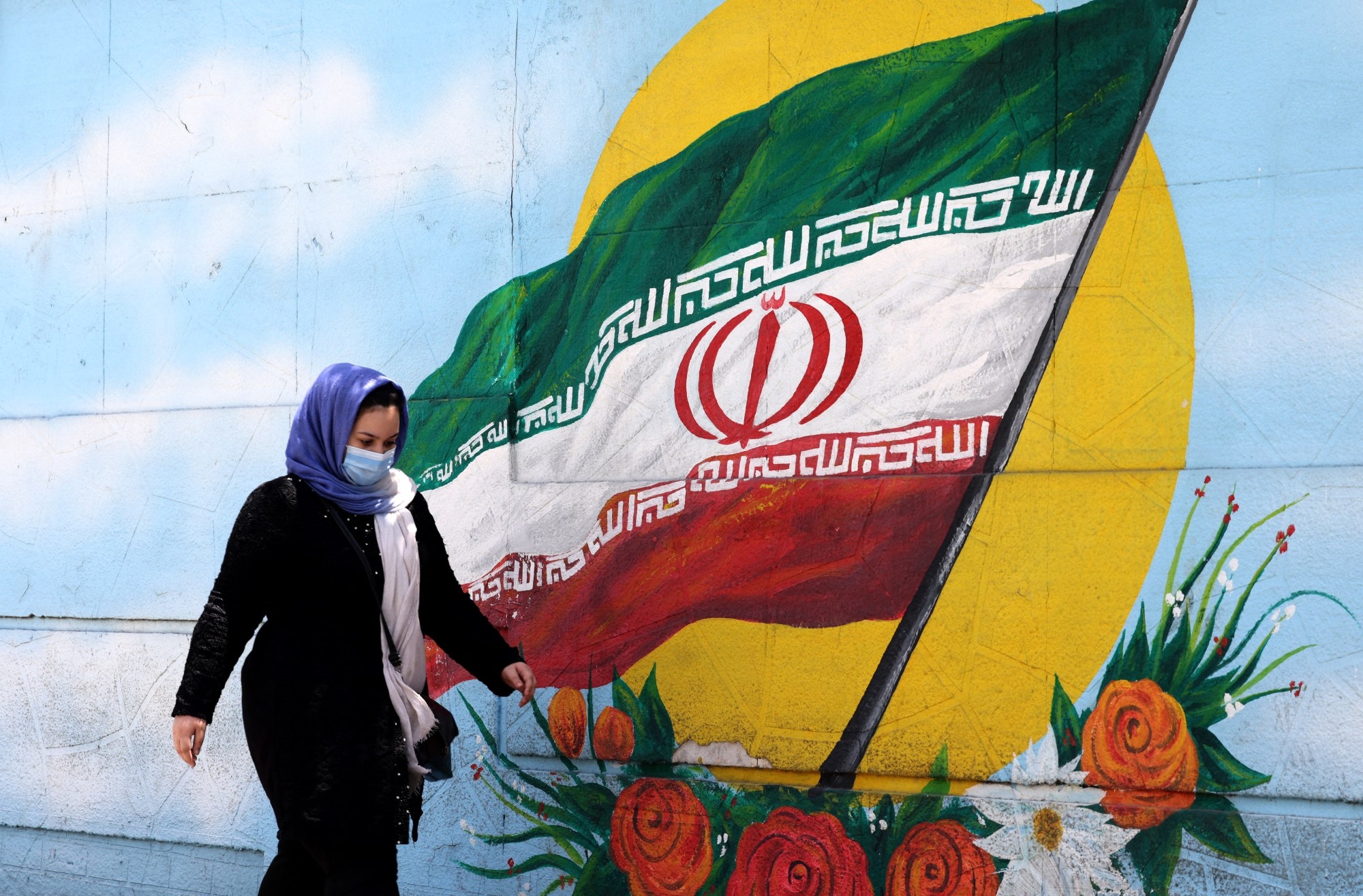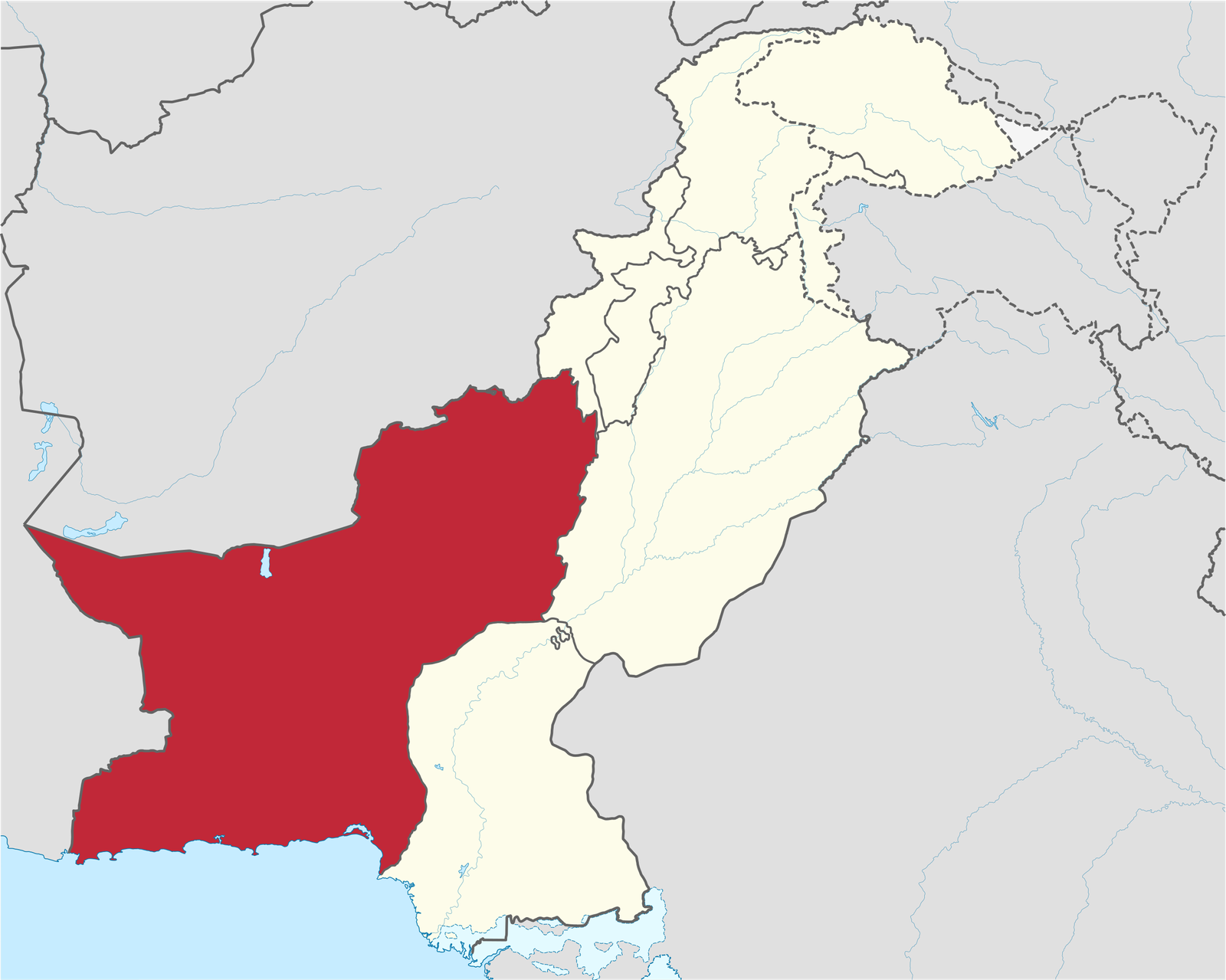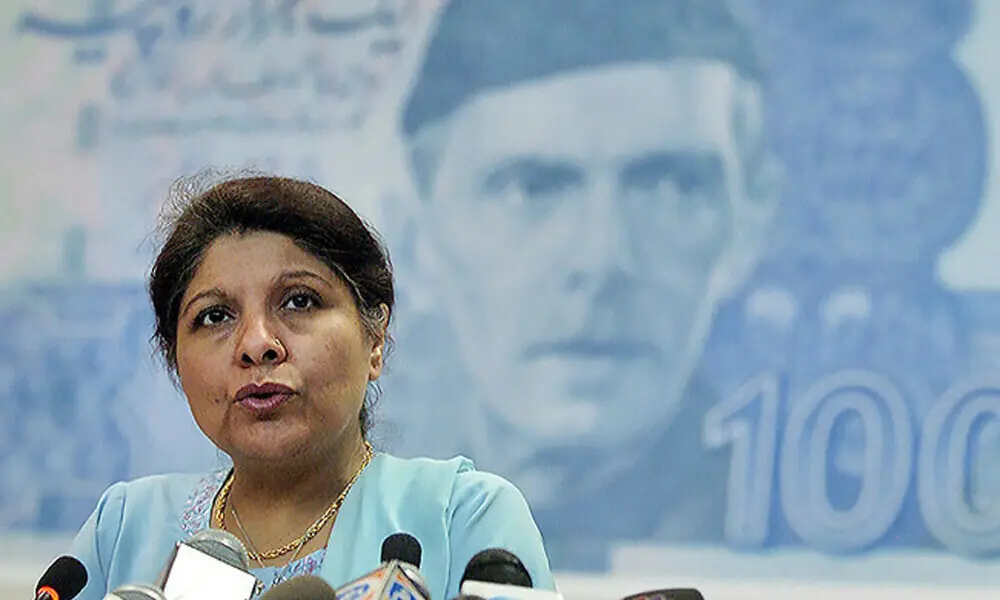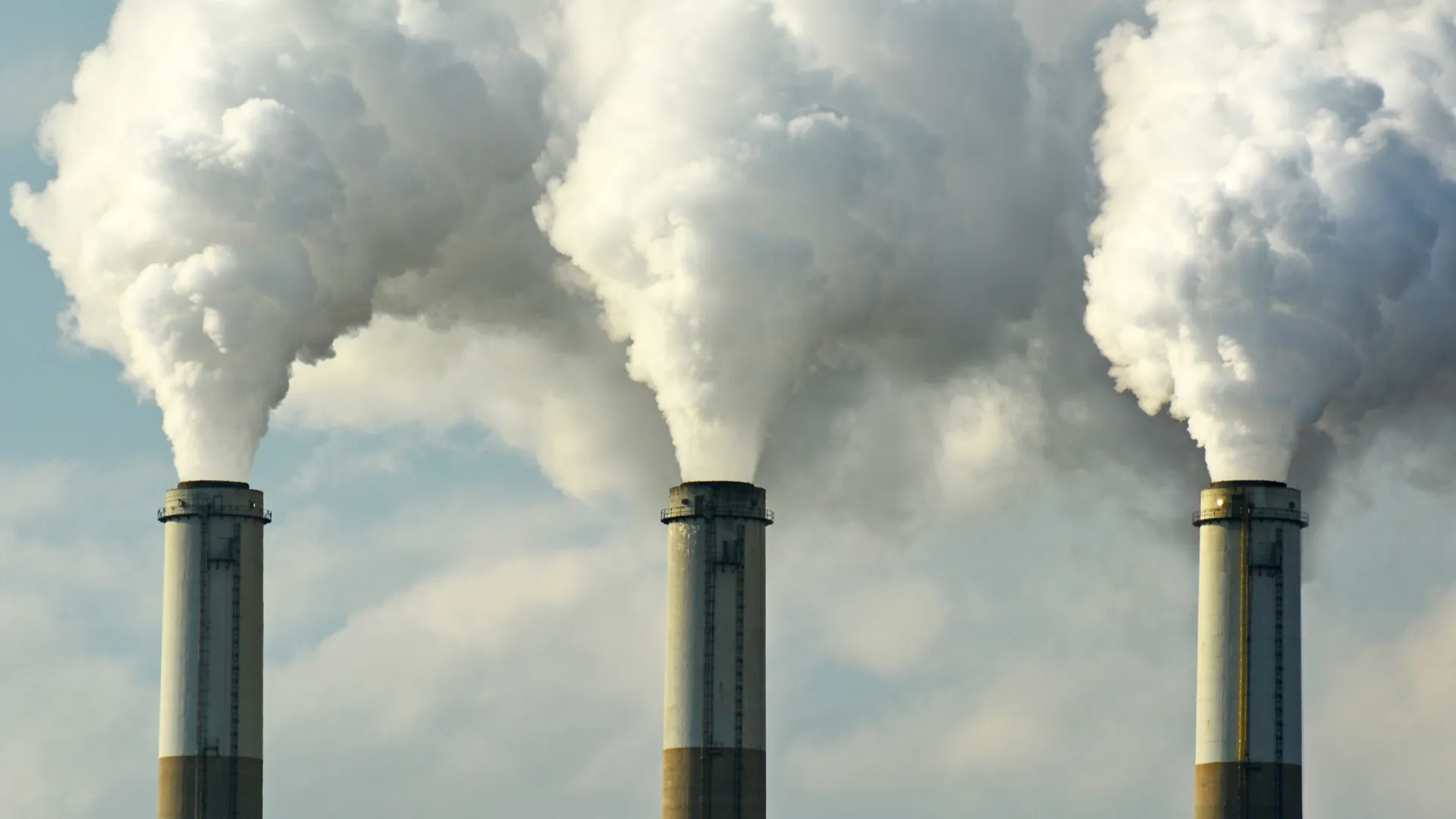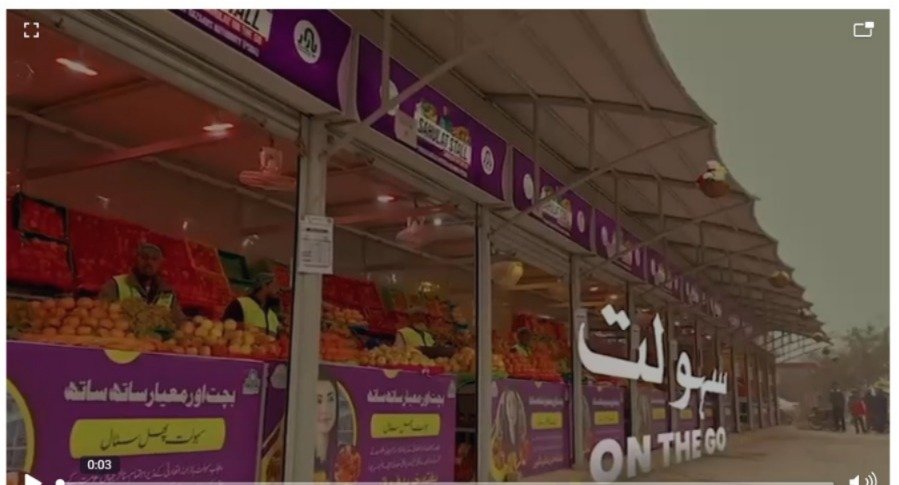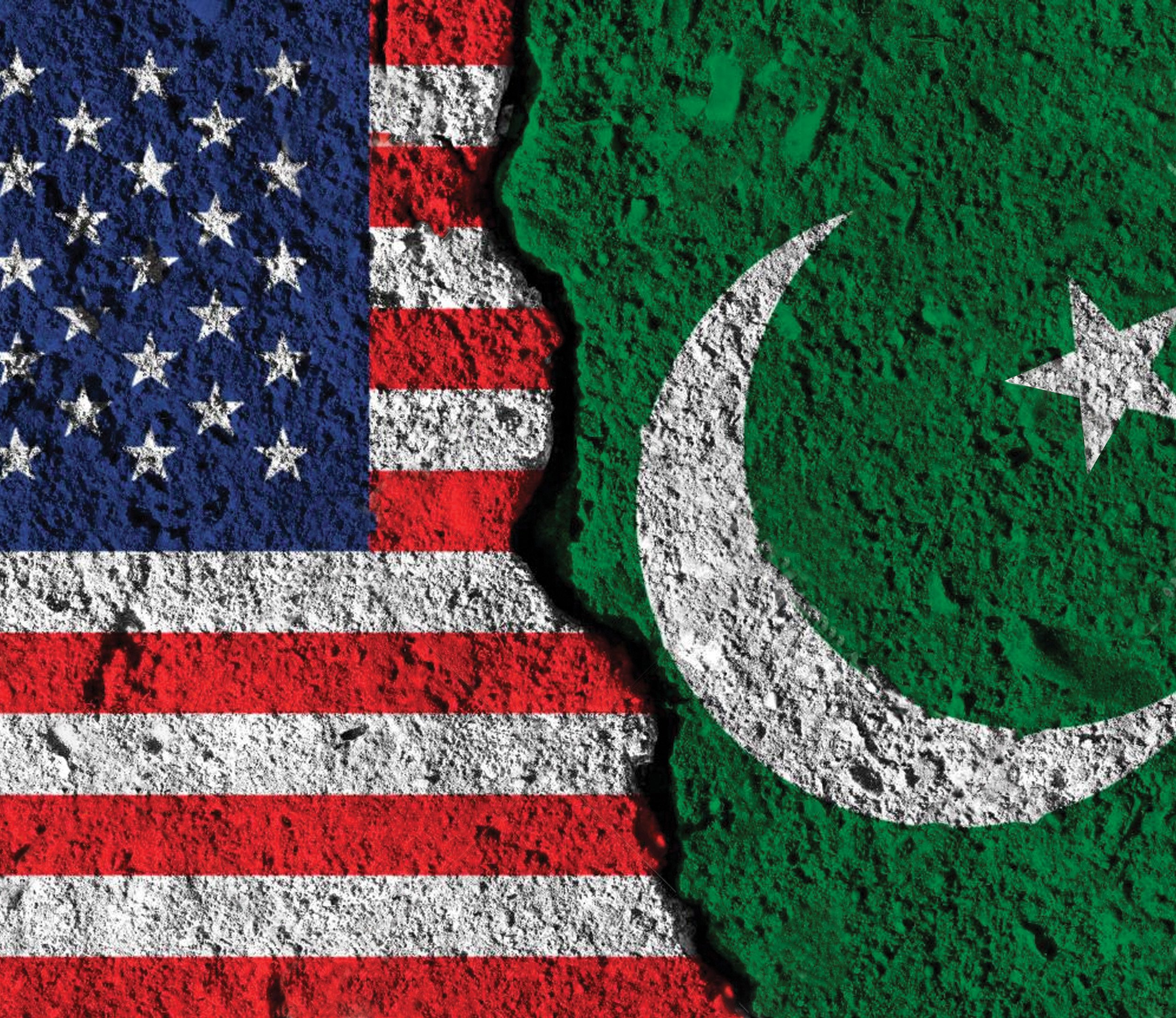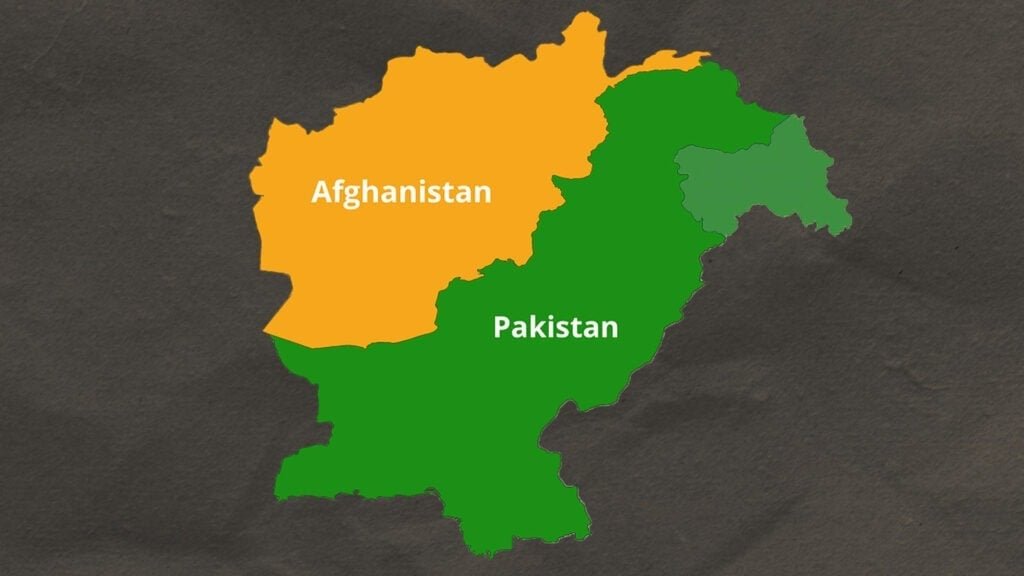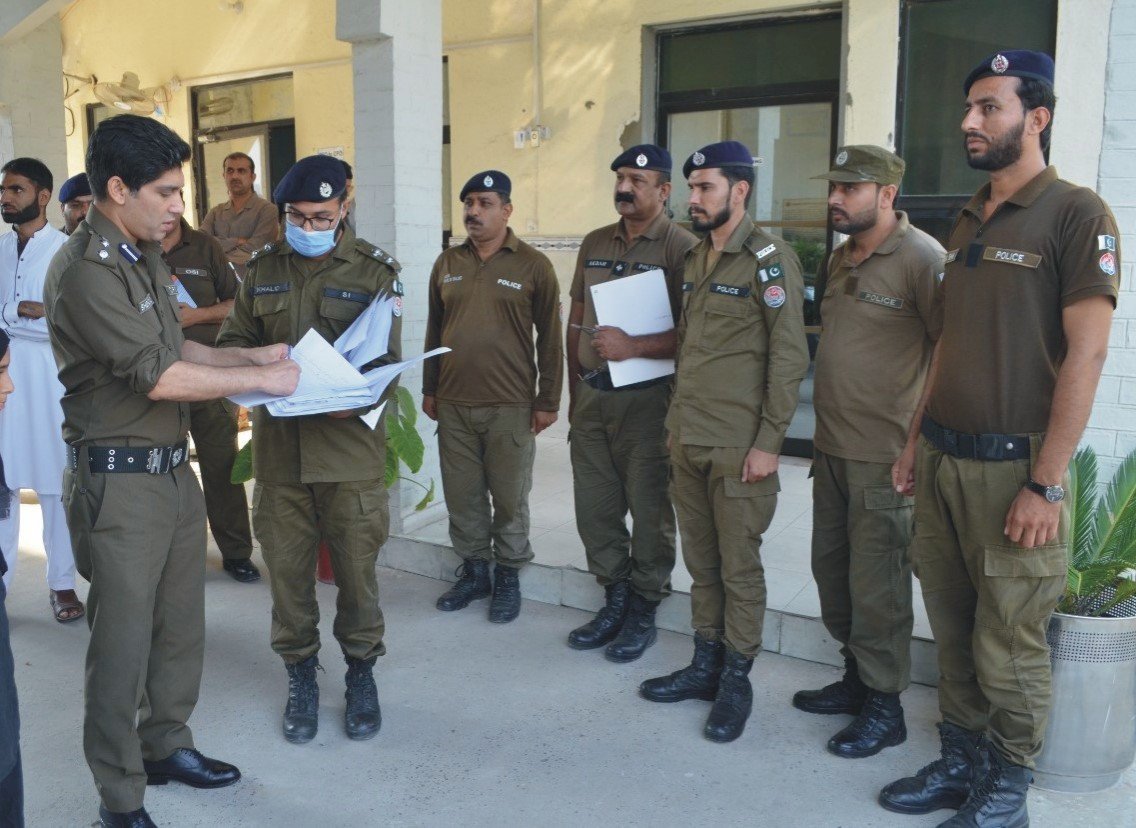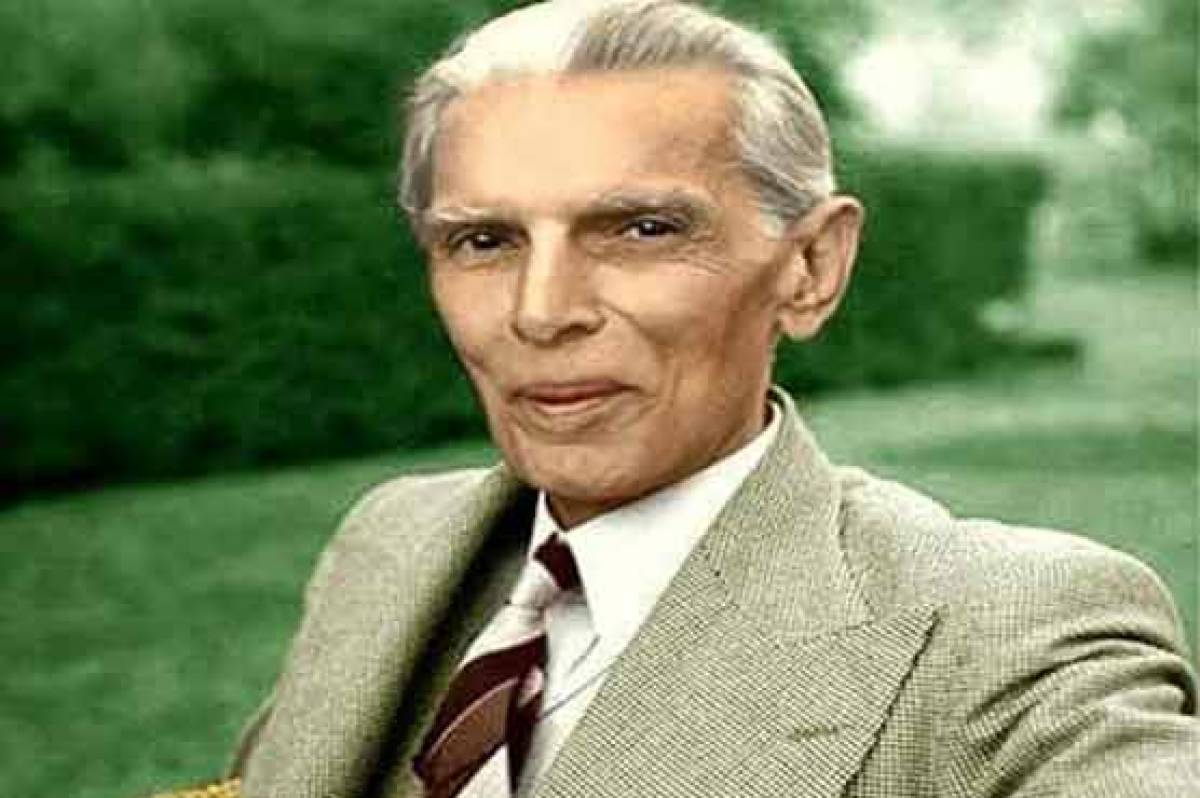Nasir Hashmi
Iran’s upcoming snap presidential election on June 28, a momentous event prompted by the tragic death of President Ebrahim Raisi in a helicopter crash, is a crucial turning point for the country. This election, thrust upon the state, is poised to illuminate the Iranian establishment’s future plans for the nation, making it a significant event to watch.
The political establishment’s response to this crucial juncture will determine whether Iran is inclined towards easing internal social and political tensions and opening up to the world or will maintain the growing divide between the Iranian populace and the state while pursuing confrontational policies abroad.
The outcome of the election holds the potential to reshape Iran’s trajectory, with the power to guide the country towards a period marked by governance and normalization, or to perpetuate the ongoing legitimacy crisis, fueled by unresolved domestic grievances, which would demand continued crisis management from the state. The stakes are high, and the outcome is uncertain, adding to the intrigue of this political event.
The election will bring to light the stance of the new president on pressing issues, indicating the potential direction of Iran’s policies. However, it’s essential to understand Iran’s complex power structure to gauge the influence and interplay of different stakeholders in shaping the country’s domestic and international policies.
In Iran, the supreme leader, currently Ayatollah Ali Khamenei, holds constitutional authority over public, state, and religious affairs. The supreme leader is not only the highest-ranking political and religious authority in the country but also the ultimate decision-maker in state matters. However, it’s important to note that multiple power centres exist with significant sway, leading to occasional power struggles within the system.
The power structure comprises of the legislature, judiciary, and executive, each wielding substantial influence over the others. In addition, ‘parallel state-like bodies ‘, which are unofficial entities that operate alongside the formal government, including the Assembly of Experts, the Supreme National Security Council, and the Guardian Council, intervene in state affairs during disagreements or crises among the institutions.
Furthermore, the Islamic Revolutionary Guard Corps (IRGC), an influential armed force with control over advanced weapons and substantial investments in various sectors, holds significant sway over Iranian politics and decision-making processes.
Key figures vying for the presidency reflect the diverse political currents in Iran. Ali Larijani, a moderate conservative, is poised to draw support from both conservative and reformist camps, considering his flexibility and potential to re-engage in nuclear negotiations with the West. Conversely, Saeed Jalili, a hardline conservative with close ties to the supreme leader and the Revolutionary Guards, represents a contrasting stance, emphasizing continuity with past policies. It’s important to note that these candidates’ positions on key issues, such as nuclear negotiations and domestic reforms, could significantly influence Iran’s future policies.
Another candidate, Mohammad Bagher Ghalibaf, aligns closely with the IRGC, while Eshaq Jahangiri emerges as a prominent reformist figure amid fragmented reformist sentiments.
The voter turnout in the upcoming election will play a significant role in shaping the outcome and potentially influencing the direction of Iran’s domestic and international policies. High turnout historically signifies public support for the political establishment, which could lead to a continuation of current policies. On the other hand, low turnout could signify a lack of legitimacy for the election and the political system, potentially leading to calls for change. The elections have also been a focal point for protesters, highlighting the domestic sentiments towards the political system and the potential for social and political change.
Accordingly, Iran stands at a critical juncture with the upcoming presidential election and the interplay of various power structures. The election outcome, coupled with the intricate dynamics of influential figures and institutions, will have far-reaching implications for Iran’s domestic governance, potentially leading to significant social and political changes, and its international relations, potentially shaping its stance on key issues such as nuclear negotiations and regional conflicts.



